What's it like trekking to Everest Base Camp?
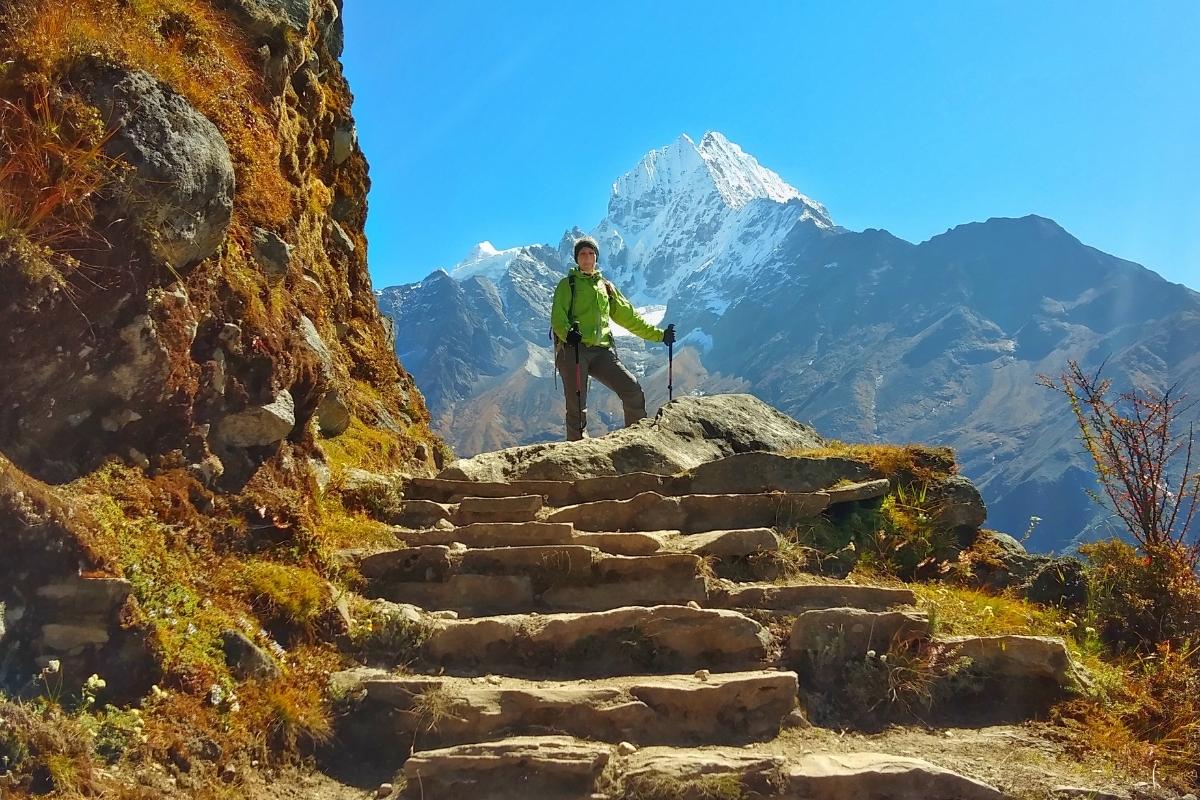
Aside from the stunning scenery, tourists to the region can immerse themselves in the country's distinct culture by visiting monasteries, meeting local guides and teahouse owners, and appreciating Buddhist stupas and mani stones along the way.
Days are spent walking for the sheer joy - and resolve - of it. You'll see bright prayer flags and bridges strung across steep gorges. Evenings are rewarded with hot Nepali food, tea, and discussion around the teahouse fire with fellow trekkers and native guides.
The Everest Base Camp walk is a memorable combination of natural beauty, rich culture, and a personal sense of accomplishment, as well as warm Nepalese hospitality from the inhabitants of the Everest region.
This is not to claim that the climb to Everest is only a lovely hike. The trek, while not technically difficult, is quite demanding on your body because of the altitude. However, I agree that the physical challenges make the trek much more worthwhile.
When should I make the trek to Everest?
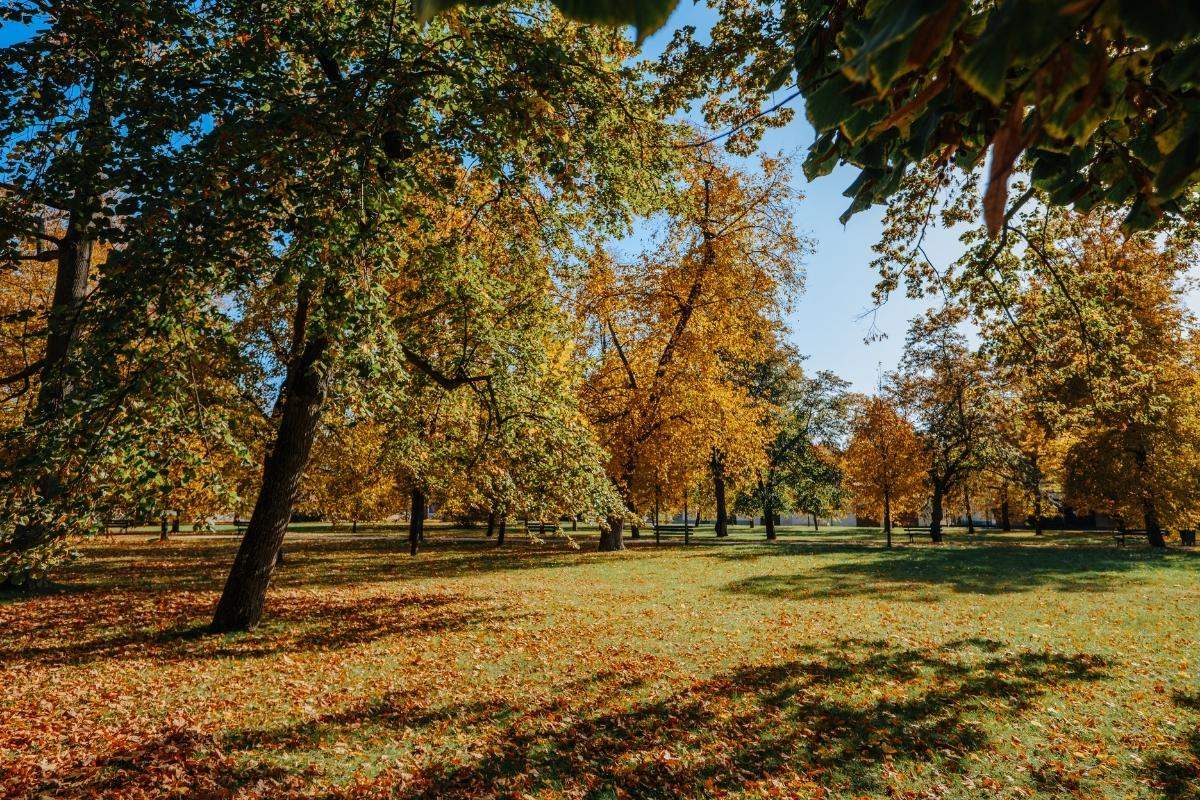
From March to May, and from September to December, Nepal welcomes the coming of the autumn season. During these seasons, you will be rewarded with the transformation of green into orange shades, an incredibly blue sky, and a spotless landscape. The brilliant views, blue sky and star-lit nights, and lush green surroundings make it ideal for individuals who appreciate photography as well as adventure. In these Seasons, enjoy the greatest scenery and an unrivaled hiking adventure with us.
Do I need a guide to do the ebc trek?
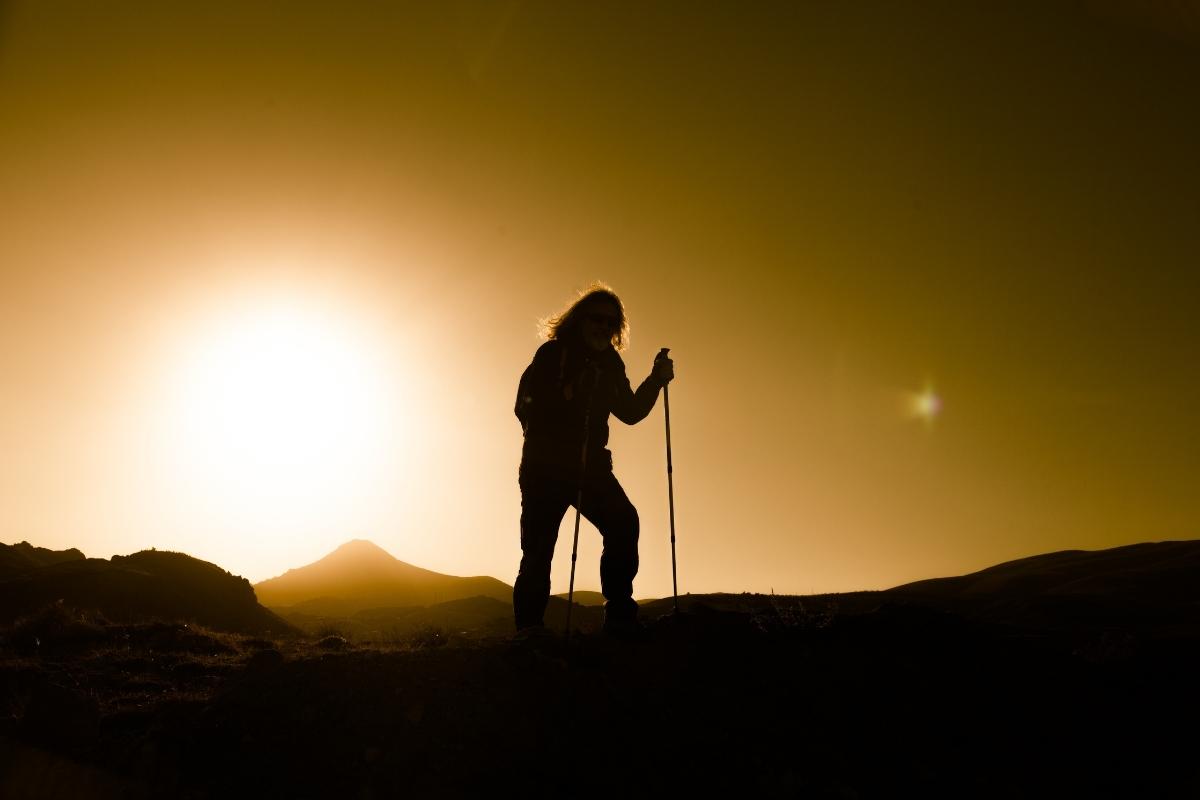
Trekking to Everest Base Camp without a guide is possible, as it is not a restricted area. But you can travel with a guide makes trekking less stressful and adds richness to your vacation. For $25 to $30 per day, you are providing valuable work for someone while learning about the local culture and natural environment.
Many people also hire a porter for $15 to $20 each day to carry the majority of their possessions, leaving them with only a day pack (and a much easier journey). To save even more money, many trekkers may often share one guide and two porters. Remember to tip both at the end of your journey.
We arrange everything for you, including transportation, trekking teams, teahouse lodging, daily lunch and dinner, and porters and/or guides, as well as their insurance. Another advantage is that guides are skilled in the indicators of altitude sickness, which helps to keep you safe along the way.
How do I get in shape?
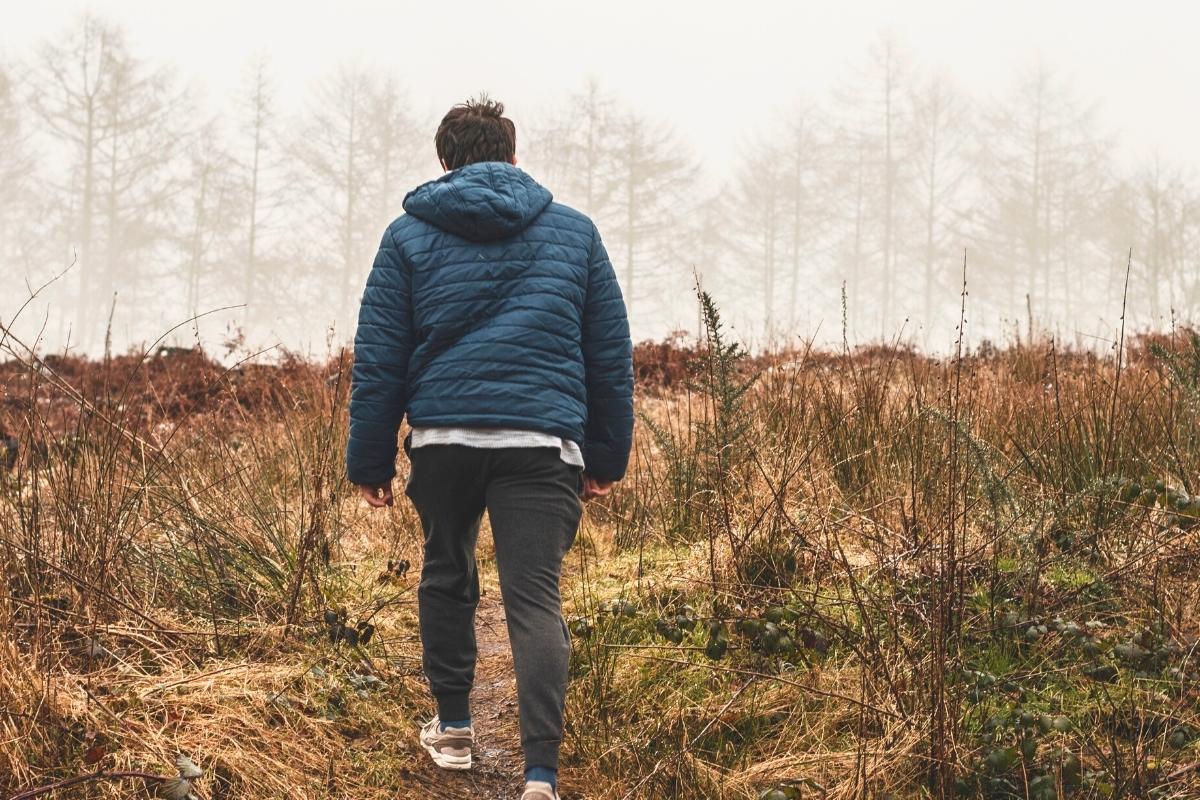
Do not be discouraged if you are not a seasoned hiker; those with average fitness and minimal hiking experience can complete this walk. Physical training is still necessary to prepare for the Everest Base Camp. After all, you'd rather be enjoying the scenery than complaining about how badly your thighs hurt.
Your weekly training schedule should include cardiovascular, endurance, and strength training. Concentrate on running, stair climbing, hiking, and other exercises that will condition the muscles required for traveling.
Hiking a short trail is the ideal way to prepare for the Everest climb, but a basic gym is required to improve your stability, strength, and endurance in tough terrain. Try short hikes as part of your exercise to allow your body to adjust to varied types of terrain and inclines. It also allows you to become used to carrying and using your hiking equipment. Increase your distance by 15% each week if possible to help strengthen your endurance.
What should I take to Everest Base Camp?
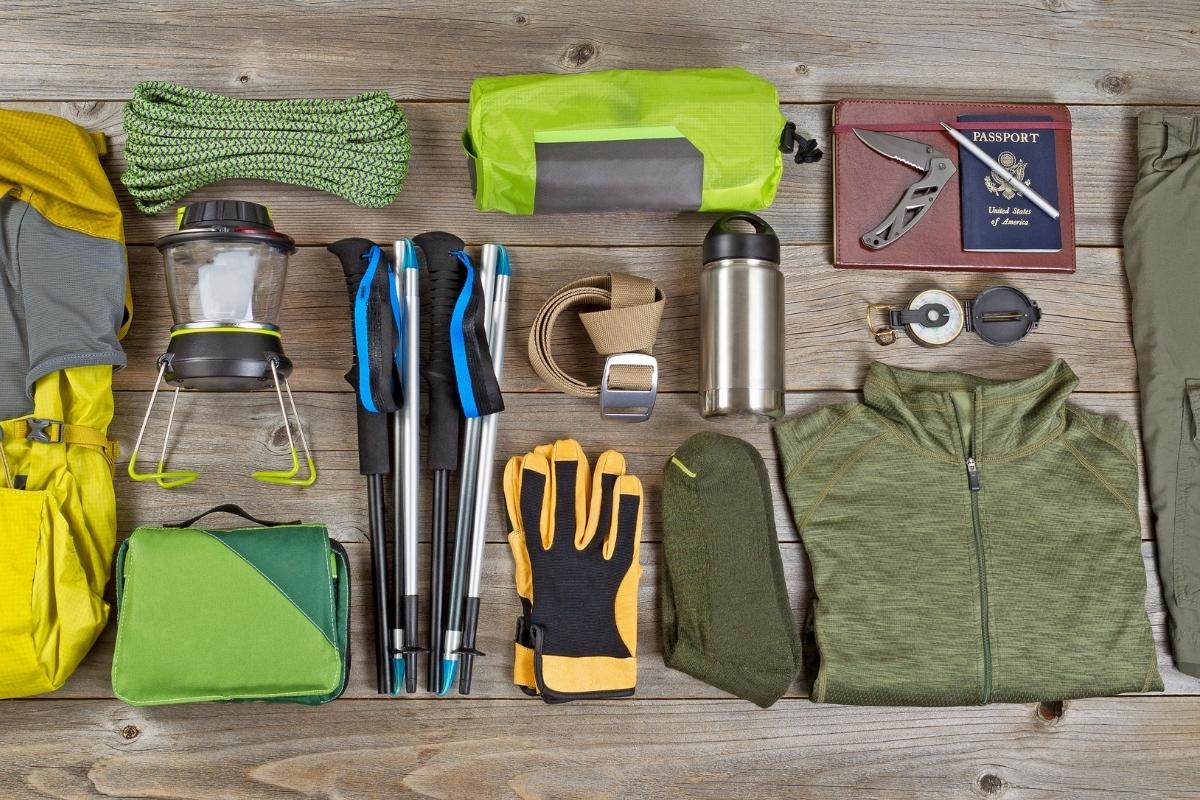
Pack light, aiming for 10-15kg. Any brand name recommended by The Himalayan Odyssey is only a suggestion; you are free to choose any brand for your comfort and reliability for repeated treks over many years.
Sure, the idea of being out in the wilderness makes you feel like you need everything, but the truth is that not everything is necessary. As a result, you must pack light yet wisely and avoid access at all costs.
Most of our Everest treks now include accommodation, which is far more convenient than camping. You need to take fewer goods for your journeys because of proper accommodation facilities. However, because the majority of teahouses are unheated, packing layers is essential.
Take thermal underwear, two pairs of long pants, and two or three T-shirts (wicking sweat-wicking synthetic fabrics, not cotton). A fleece jacket and one or two long-sleeved shirts should be part of your insulating layer. Your shell layer will be completed by a raincoat and a down jacket (for cool high-altitude nights).
Lightly broken-in boots, trekking socks, and sneakers or sandals are required for evenings at the teahouse. Gloves, a woolen cap, a buff, a headlight, and polarized sunglasses are also required. A good sleeping bag (rated to -20°C/0°F) and trekking poles are needed, however, you may obtain rented in Kathmandu before your start a trek.
Toiletries in travel sizes, such as sunscreen, lip balm, a travel towel, and tissues. When you can't shower, baby wipes and dry shampoo come in helpful.
You are in the Himalayas, and you must carry your own first aid equipment for your own protection. These kits should contain diarrhea medication, antibiotics for a chest or sinus infection, adhesive bandages, and hydrocolloid blister bandages. Consult your doctor before getting Nepal-specific immunizations. A pulse oximeter is also useful for monitoring your oxygen saturation.
Using a filter water bottle or two 1L water bottles with water purification tablets is a dependable and safe way to consume water that is also more environmentally beneficial than purchasing bottled water from lodges.
Also, carry some Nepalese rupees in cash with you to acquire any essentials along the journey. Before your trek, get this from an ATM in Kathmandu. There are no ATMs along the trek, so you must withdraw money at Kathmandu or Lukla.
Staying healthy and safe on the trek
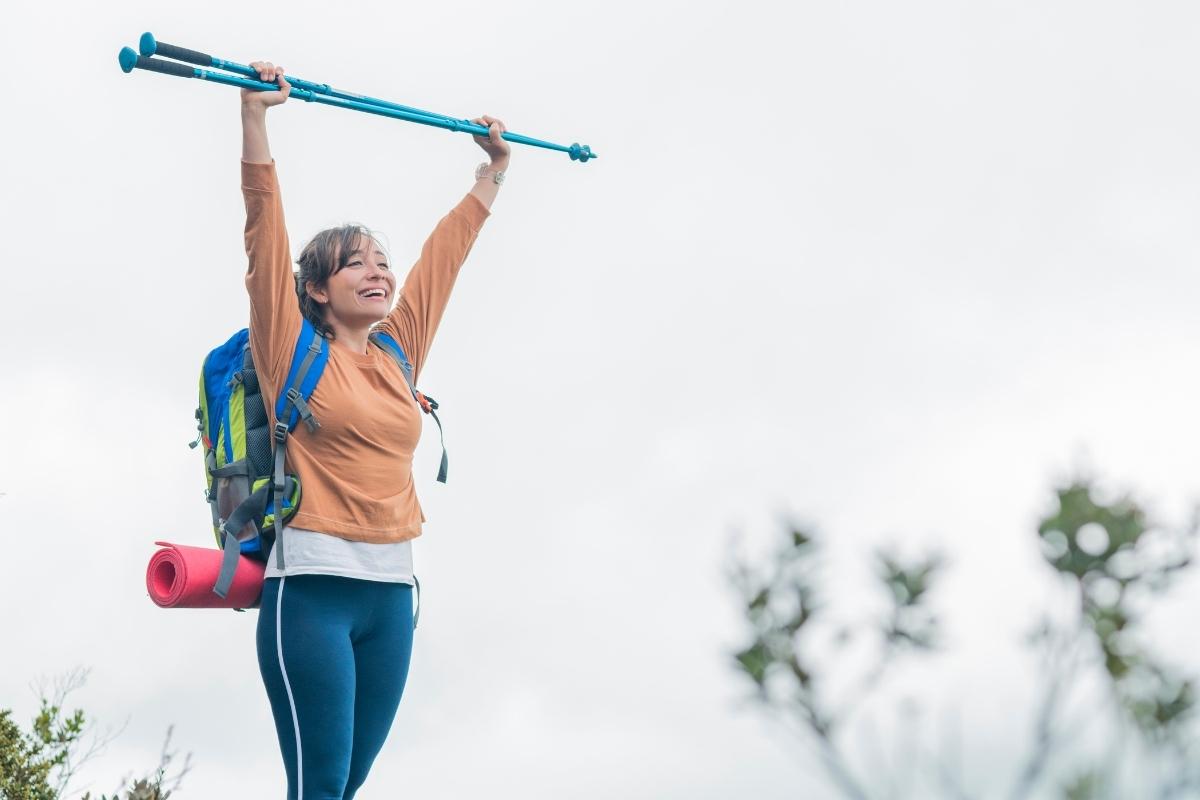
Nepal is an adventurer's dreamland, from its tranquil natural peach to the enormous passion in people, from severe alpine activities to relaxing nature walks. Despite its most renowned beauty, a traveler should always keep some health-related risks and hygiene in mind when arranging a trip.
Some helpful hints for staying healthy and safe on the Everest trek are provided below.
Get a vaccine before going on a trek
When you travel to another nation, your body undergoes changes as a result of environmental and other related factors. Being in a different environment than your home nation is a clear cause of such occurrences. Because of the adverse circumstances, our bodies normally require time to adjust to new environments. There is a greater risk of developing allergies or other health problems.
Take your time
Slow and steady is the key to completing and enjoying your journey. Altitude sickness can affect everyone, even the fittest. (The acclimatization days, which are normally set at Namche Bazar and Dingboche, are for a cause.) Altitude sickness symptoms include pounding headaches, dizziness, sleepiness, loss of appetite, shortness of breath, and low oxygen saturation. Ask your doctor for Diamox, a prescription drug that can prevent altitude sickness, before your travel. If the symptoms continue, descend.
Cover Yourself Properly
Wherever you travel on your Everest trek, be sure you have dressed appropriately for the surroundings. Proper clothing makes you feel flexible to the environment and protects you from severe allergies. Warm clothing is recommended for high-altitude destinations such as Kalapatthar, base camp, and Gokyo lakes.
It is always advisable to bring insect repellants with you because there is always the potential for severe mosquito infections such as Dengue and Malaria. Pest repellents will protect you from insect bites.
Stay aware
The Everest Base Camp Trek route is relatively large and well-marked, but it can be false in sections. There are sheer cliffs, which are often made narrower by herds of yaks or donkeys passing past. Always keep an ear out for approaching animals' bells and stay on the inner side of the trail. Also, keep an eye out for porters, who frequently run marathons along the trails. This not only helps to avoid traffic queues, but it also shows respect.
Be vegetarian
If you see meat on a menu while trekking, keep in mind that all meat is transported up by yaks or mules from Lukla. They carry from down due to the no-killing policy in some parts of the Sagarmatha National Park. That means you'll be eating aged meat by then. Eating dal bhat, as your local guides and porters do, is the safest and healthiest option.
Dal bhat is a batch-cooked Nepali dish of lentil soup, rice, vegetables, and curry. It is produced fresh every day and is high in protein and energy. 'Dal bhat electricity, 24 hours!' as the saying goes.
Drink Sufficient Water
As you ascend to greater altitudes, carry 4 liters of water with you. A decrease in oxygen levels will most probably result in situations of weakness as well as breathing problems. Water is widely advised to compensate for low oxygen levels due to its oxygen characteristics. It also minimizes the likelihood of muscle cramps, which are one of the most common problems that trekkers confront. Such cases are frequent, particularly in the most likely cases of first-timers.
.jpg)
At Last
Sure, you can arrive at the foot of Mt Everest and cross through high settlements and beautiful souls with only a song in your heart and a pocket full of hopes. But you're about to get a bit of a shock.
Trekking is difficult without a minimum degree of fitness and the correct information. Let's face it: trekking to the Himalayas is exhausting. The price of a long journey is sweat. Blisters and lost toenails are badges of honor, as are sore calves and aching quadriceps.
And you don't have to be an Iron Man or Woman to reach Everest Base Camp or ascend Kalapatthar. Anyone can trek to Everest; you just have to be intelligent and put in some effort.








.jpg)
